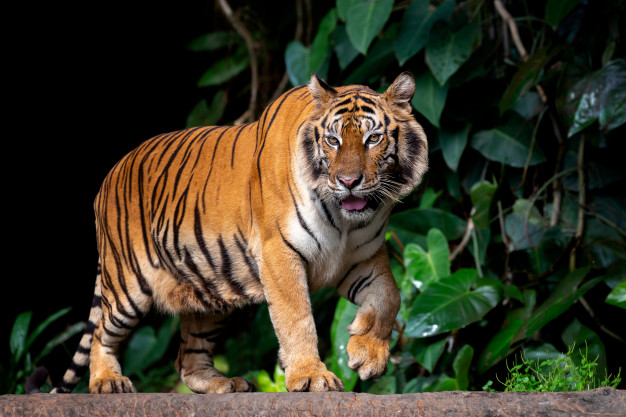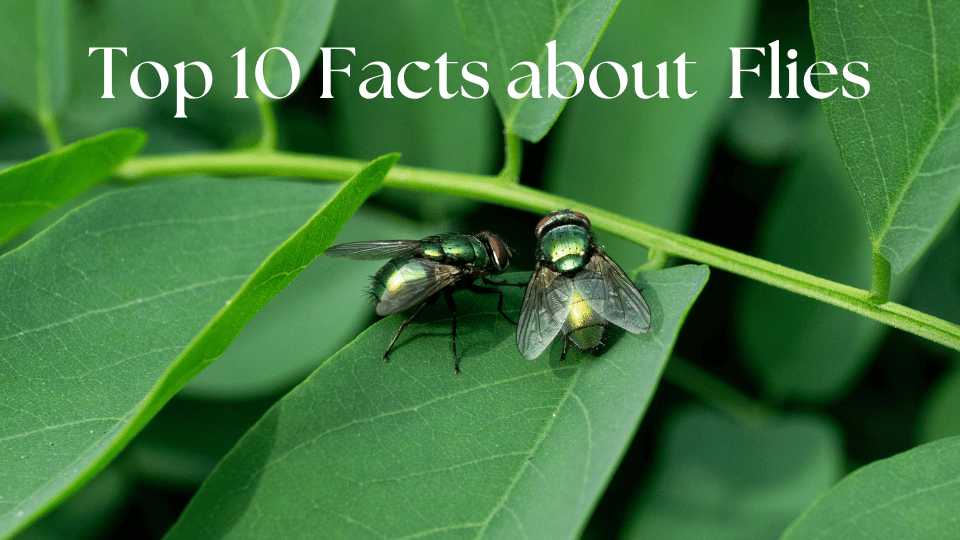What are hunting birds, or birds of prey?
Birds of prey, also known as raptors, are a group of birds that are characterized by their predatory habits. They are known for actively hunting and feeding on other vertebrates, which mainly include mammals, reptiles, and smaller birds. These birds possess several adaptations that make them effective hunters:
- Keen Eyesight: Raptors have excellent vision, which allows them to detect prey from a distance or during flight.
- Sharp Talons: They can grasp or kill prey with the sharp talons on their strong feet.
- Their curved beaks, designed to tear the flesh off their prey, are powerful.
We classify birds of prey into two main orders:
- Falconiformes: This includes diurnal birds like hawks, eagles, vultures, and falcons.
- Strigiformes: This order includes nocturnal birds, such as owls.
These birds are apex predators, meaning they are at the top of the food chain and have no natural predators. They play a critical role in maintaining ecosystem balance by controlling other animals’ populations.
Here are ten birds of prey found in India that are known for their hunting abilities:
Indian Vulture (Gyps indicus):
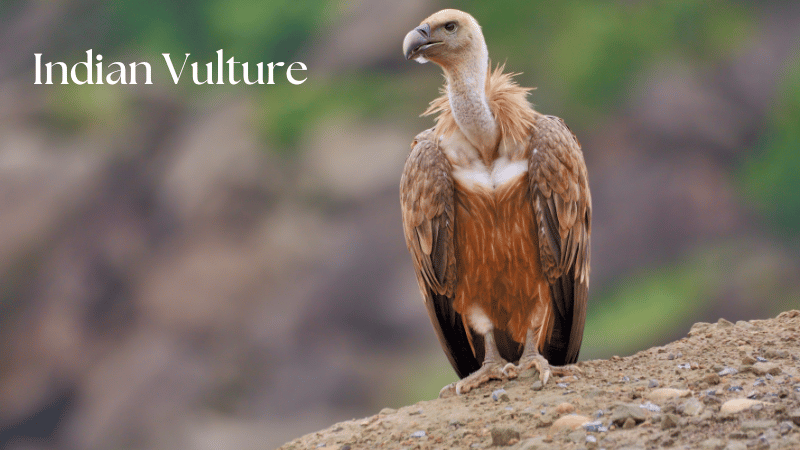
These large scavengers play a crucial role in cleaning up carcasses. Unfortunately, their populations have declined due to factors like diclofenac poisoning.
Himalayan Vulture (Gyps himalayensis):

Found in the Himalayan region, these vultures feed on carrion and are essential for maintaining ecological balance.
Steppe Eagle (Aquila nipalensis):
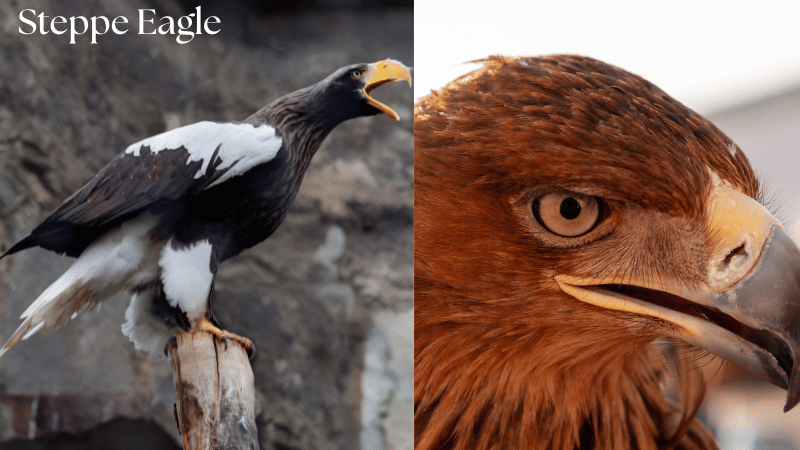
These majestic eagles hunt small mammals, birds, and reptiles. They are migratory and often seen during the winter in India.
Indian Spotted Eagle (Clanga hastata):
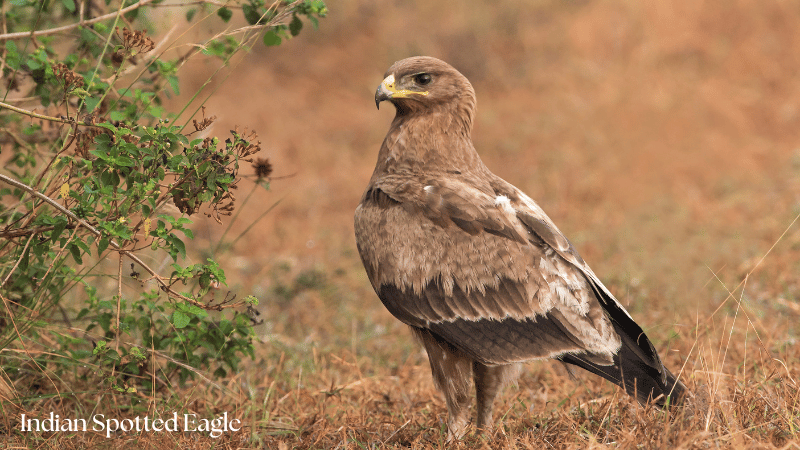
These medium-sized eagles inhabit wetlands and grasslands, preying on snakes, birds, and small mammals.
Tawny Eagle:
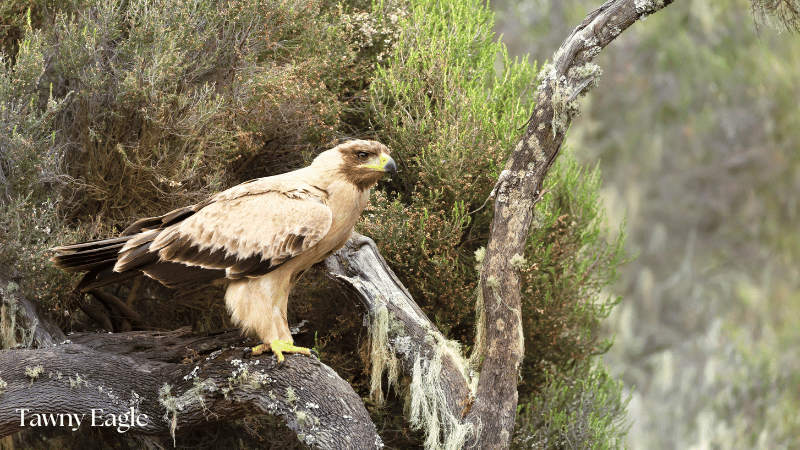
Widely distributed across India, tawny eagles feed on rodents, reptiles, and birds. Their plumage blends well with the dry landscapes they inhabit.
Indian Eagle-Owl:
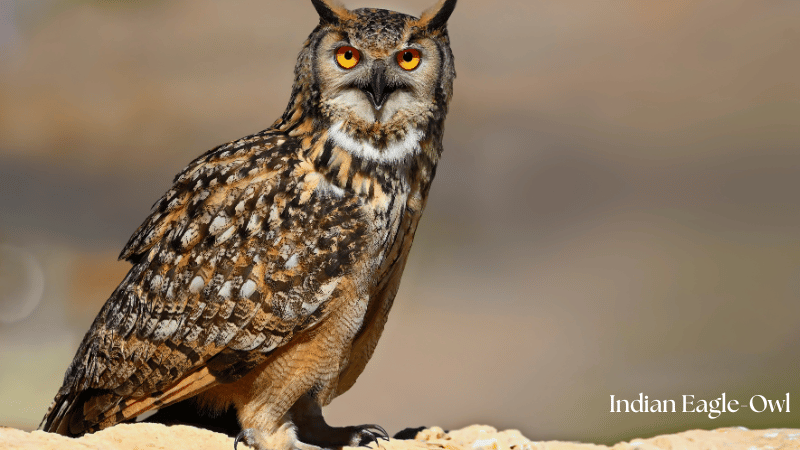
These nocturnal hunters are skilled at catching rodents, birds, and insects. Their large size and distinctive ear tufts make them easily recognizable.
Himalayan Griffon:

These vultures soar high in the Himalayas, scavenging for carrion. Their impressive wingspan allows them to cover vast areas in search of food.
Oriental Honey-Buzzard:
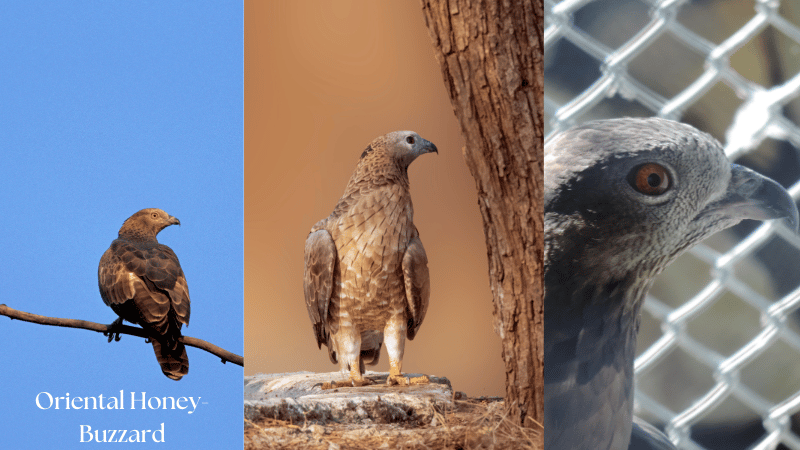
These unique raptors primarily feed on honeybee larvae and other insects. They are known for their elongated tails and specialized diet.
White-Rumped Vulture:
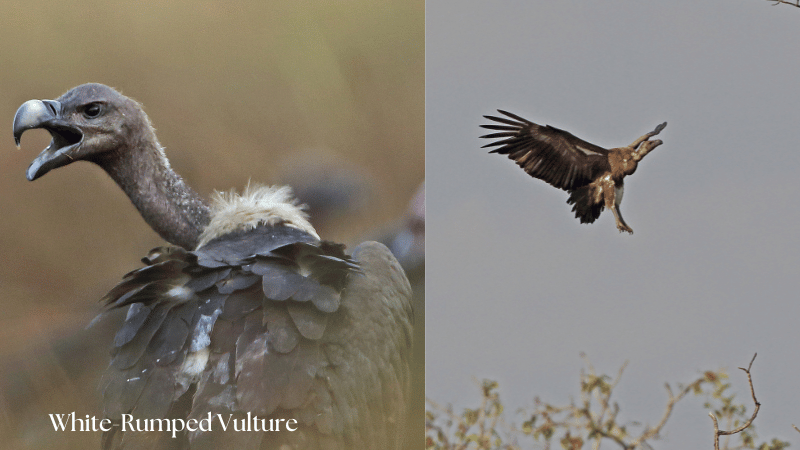
Another critically endangered vulture species, white-rumped vultures play a vital role in cleaning up animal carcasses.
Black-Shouldered Kite:
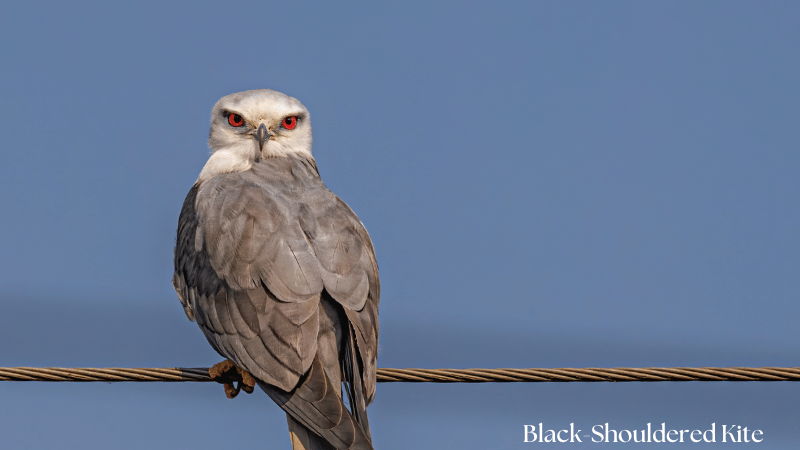
These small kites are skilled hunters, preying on rodents, insects, and small birds. Their hovering flight style enables them to spot prey on the ground.
These birds contribute to the delicate balance of ecosystems by controlling other animal populations and maintaining a healthy environment.


